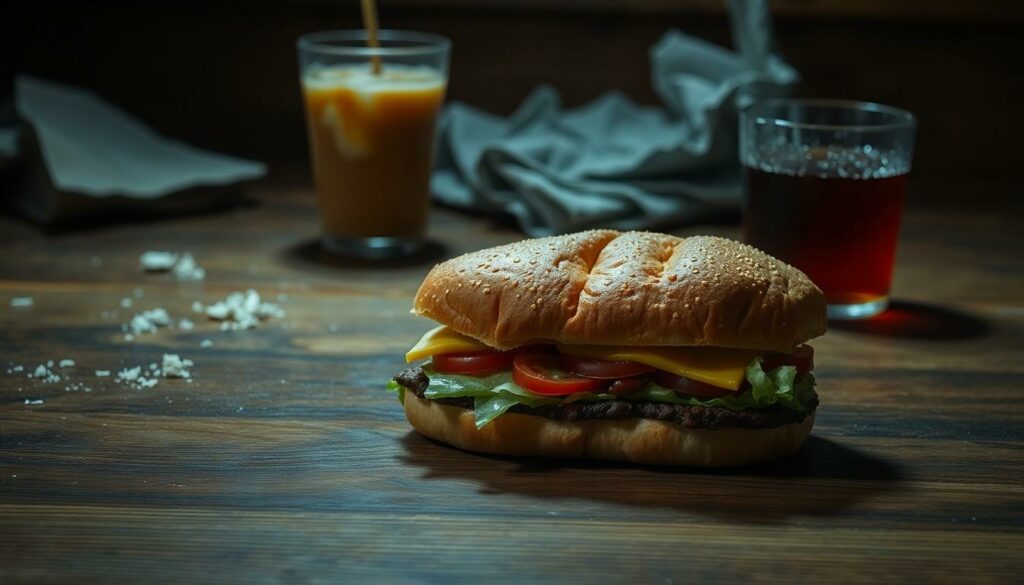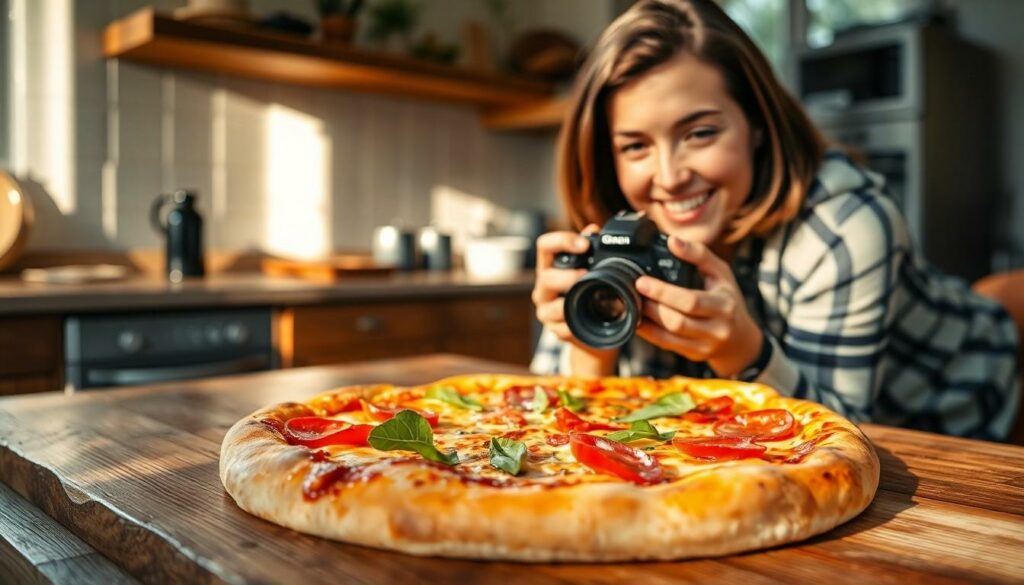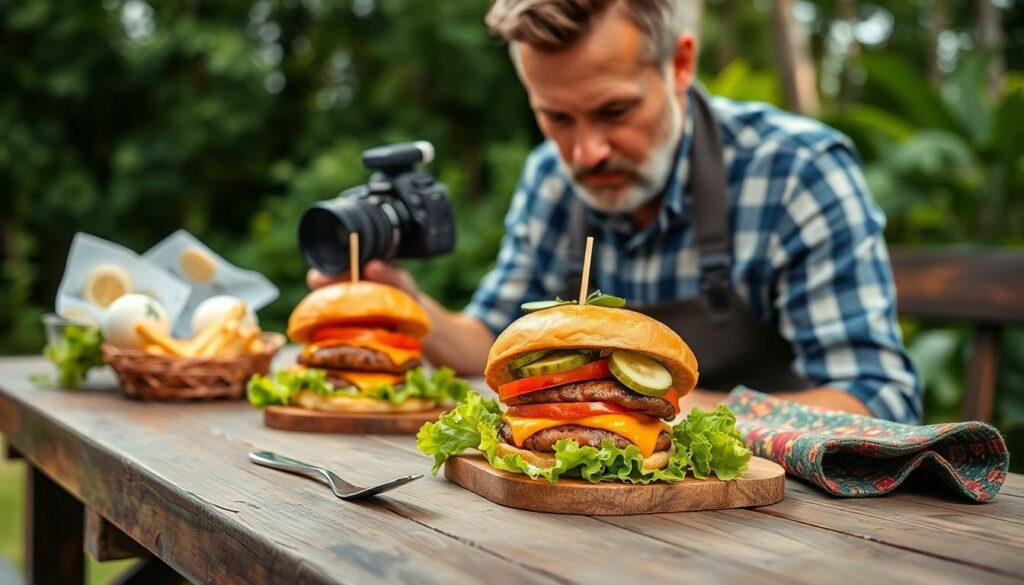In a world where food is often the star of the show, bad food photography can turn a gourmet feast into a culinary catastrophe. Imagine scrolling through your feed and stumbling upon a plate that looks more like a science experiment gone wrong than a delicious meal. From unflattering angles to questionable lighting, bad food photos can leave taste buds confused and appetites unfulfilled.
But fear not! This isn’t just a tale of culinary disasters; it’s a journey into the hilariously cringe-worthy realm of food photography gone awry. Whether it’s a soggy sandwich or a dessert that resembles a deflated balloon, these blunders remind us that not every dish can be Instagram-ready. Join the exploration of what makes bad food photography so captivating, and discover why it’s both a comedy and a cautionary tale in the world of food lovers.
Bad Food Photography
Bad food photography can greatly influence how people perceive culinary creations. Unappealing images often lead to disappointment and lower expectations for gourmet meals. Some examples include soggy sandwiches that look unappetizing or desserts lacking vibrancy. These factors contribute to a negative impression of otherwise delicious dishes.
Lighting plays a crucial role in food photography. Poor lighting can make even the most exquisite plate look dull and lifeless. Natural lighting generally enhances colors and textures. Artificial lighting, if not used correctly, can create unflattering shadows and inconsistent colors.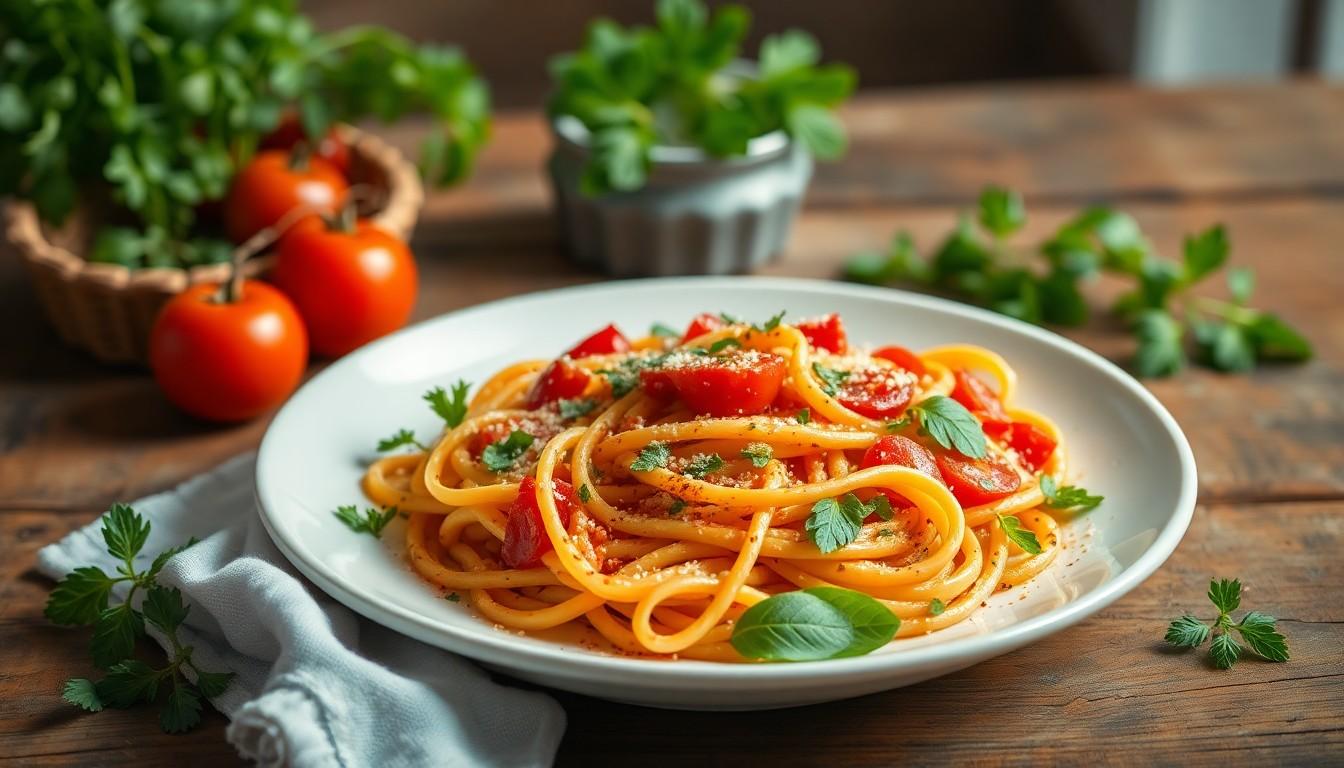
Composition also affects the overall quality of food images. Cluttered backgrounds distract viewers and shift focus away from the food itself. Simplicity in composition often results in a more appealing presentation. Additionally, using the right angles can showcase the dish’s best features. Top-down shots may work well for plates with distinctive arrangements, while side angles can highlight stacks and layers.
Texture and detail are vital components. Overly filtered images can mask true colors and details, leaving the food looking less inviting. By embracing authenticity, photographers capture the essence of a dish, drawing potential diners in.
Finally, context matters in food photography. Capturing a dish in its natural environment or highlighting its preparation process can enhance its appeal. Presenting food alongside complementary ingredients or utensils helps create a story. Understanding what makes food look tempting can elevate the dining experience both online and offline.
Common Mistakes in Food Photography
Food photography often suffers from several common mistakes that diminish its effectiveness. Addressing these pitfalls helps create images that enhance the appeal of culinary creations.
Poor Lighting Techniques
Inadequate lighting creates unflattering shadows and inconsistencies in color. Natural light often provides the best results; artificial lighting can make food appear lifeless. Avoid using harsh overhead lights, as these can wash out details. Instead, aim for soft, diffused light that accentuates textures and freshness. Utilizing a reflector can also help distribute light evenly, eliminating unwanted shadows.
Unappealing Angles
Capturing food from the wrong angle can distort its true appearance. Overhead shots work well for flat dishes, while side angles showcase height and layers in a meal. Experimenting with different perspectives reveals the dish’s best features. A close-up shot often highlights details that tell a story about the ingredients. Finding the right angle encourages better compositions that draw viewers in.
Cluttered Backgrounds
Background distractions divert attention away from the main subject: the food. Choosing simple, neutral backdrops ensures that the dish stands out. Consider using a rustic wooden table or a clean countertop to provide context without overwhelming the image. Additionally, eliminating unwanted items from the frame keeps the focus where it belongs. A cohesive background complements the food, enhancing overall visual appeal.
Impact of Bad Food Photography
Bad food photography creates significant misunderstandings about food quality. Consumer expectations dip when they encounter unappetizing images.
Misleading Consumer Expectations
Quality images engage appetite, while lackluster photos discourage interest. Deceptively poor visuals can misrepresent the true nature of a dish. Often, images that feature dull colors or lack texture produce negative feelings toward the food. Unflattering angles can create misconceptions around freshness and taste. When viewers see lackluster pictures, they may opt against trying the dish altogether. Essentially, appetizing photography is crucial for enticing consumers to explore new culinary experiences.
Consequences for Food Businesses
Food businesses face serious repercussions from bad photography. Loss of customer interest directly impacts sales. Inconsistent visual messaging undermines brand reputation over time. A poorly represented dish can result in negative reviews and damaged credibility. Businesses struggle to persuade customers about the appeal of their menu offerings due to unflattering images. Ultimately, investing in high-quality photography strengthens an eatery’s market position and enhances customer loyalty.
Tips for Improvement
Improving food photography involves simple yet effective strategies. Focus on lighting and the arrangement of props to enhance the overall presentation.
Utilizing Natural Light
Natural light is crucial for capturing appealing food images. Soft, diffused light brings out colors and textures, enhancing visual allure. Position dishes near windows, allowing sunlight to highlight freshness. Overcast days create perfect conditions, as clouds diffuse sunlight, eliminating harsh shadows. Avoid using direct sunlight, which can create unflattering contrasts. Experiment with different times of the day to find the best lighting for specific dishes. Adjust angles to discover how light plays across surfaces. The use of reflectors can further soften shadows and balance light.
Choosing the Right Props
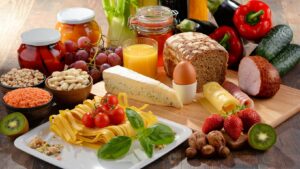 Selecting appropriate props significantly enhances food photography. Simple backgrounds draw attention to dishes without distractions. Use neutral hues to complement the food’s colors effectively. Consider incorporating utensils, linens, or serving dishes that match the dish’s style. Such elements create context and invite viewers into the scene. Texture also matters; use wooden boards or rustic dishes to add warmth and ambiance. Avoid overcrowding the frame with too many items, as this detracts from the main attraction. Thoughtfully chosen props elevate the overall composition, making dishes more enticing visually.
Selecting appropriate props significantly enhances food photography. Simple backgrounds draw attention to dishes without distractions. Use neutral hues to complement the food’s colors effectively. Consider incorporating utensils, linens, or serving dishes that match the dish’s style. Such elements create context and invite viewers into the scene. Texture also matters; use wooden boards or rustic dishes to add warmth and ambiance. Avoid overcrowding the frame with too many items, as this detracts from the main attraction. Thoughtfully chosen props elevate the overall composition, making dishes more enticing visually.
Perceived and Enjoyed
Bad food photography can significantly impact how dishes are perceived and enjoyed. It serves as a reminder that even the most delectable meals can lose their charm when captured poorly. By understanding the elements that contribute to unappealing images, food enthusiasts and businesses alike can make informed choices to enhance their visual storytelling.
Investing time in learning about lighting, composition, and props can transform food photography from mundane to mouthwatering. As the culinary world continues to embrace the digital age, quality images become essential for attracting and retaining customers. Ultimately, capturing food in its best light not only elevates the dining experience but also reinforces the connection between taste and visual appeal.
